RBC contains Hemoglobin having two parts, Heme- an iron containing component, and globin protein. Normally, RBCs undergo hemolysis (=breakdown) in Spleen once they reach the end of their life, roughly ~120 days. The are broken down by the White Blood Cells of Spleen to release the Hemoglobin in them. The globin protein is salvaged, the Heme part separates from the iron it contains. What remains of Heme is now known as Biliverdin. This is then converted to Bilirubin and released into blood where it binds with plasma protein and is called Unconjugated Bilirubin. Because protein molecules are larger than the pores of Kidney, they are not excreted by the Kidney. The Unconjugated Bilirubin, because it is bound to protein, is further bigger than the pores, so it isn’t excreted by Kidney either. This Unconjugated Bilirubin, roaming around in plasma is taken up by Liver where it is combined with Glucuronic acid to form Conjugated Bilirubin. The Liver, then releases this via Bile into Small Intestine where Conjugated Bilirubin undergoes modifications by your intestinal bacteria forming Urobilinogen and then Stercobilinogen, that gives yellow colour to feces. Music: ice flow by Kevin Macleod

Jaundice Explained- What is Bilirubin?
- Post author:
- Post published:June 12, 2021
- Post category:Uncategorized
- Post comments:0 Comments
You Might Also Like
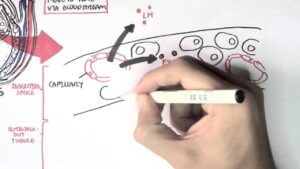
Male Reproductive System – Hormonal Function and Regulation (sperm synthesis and maturation)
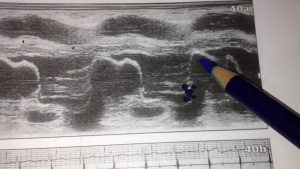
Echo made easy
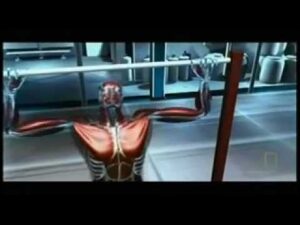
how muscles grow
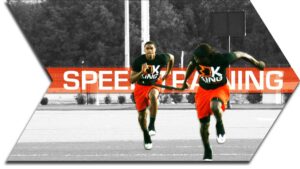
OVERSPEED CABLE SPRINTS – SPEED TRAINING – BUNGEE
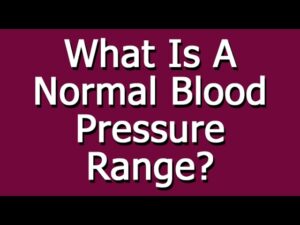
What Is A Normal Blood Pressure Range?

Shoulder Workout- Lateral Raises

Product review: Zenith Nutrition Silymarin Milk Thistle Supplement

BICEPS – Narrow Grip Barbell Curl

HUGE Weight Gain of 70 LBS – Before & After
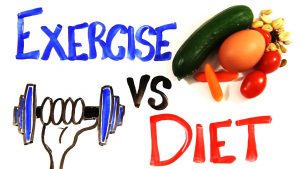
Exercise vs Diet

SPRINT FASTER – PEDAL THE BICYCLE DRILL

BUTTERFLY WORKOUT FOR CHEST

FAQ 11: What To Eat Before and After a Workout | Health and Fitness
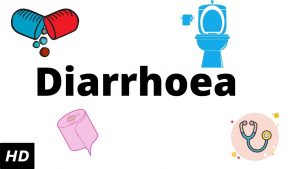
What is Diarrhoea? Causes, Signs and Symptoms, Diagnosis and Treatment.
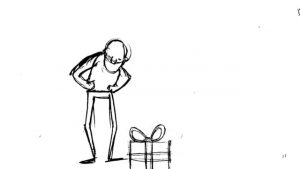
Animation exercises level 1

How to gain weight fast | Simple tricks and tips for men & women | Dr. Mayur Sankhe | Hindi
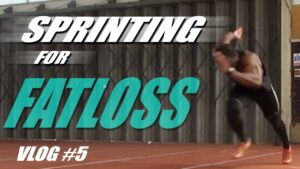
SPRINTING FOR FAT LOSS (VLOG #5)

How To: Tricep Pushdown (Life Fitness Cable)
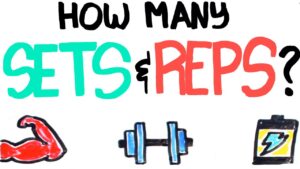
Bodybuilding Video – 4
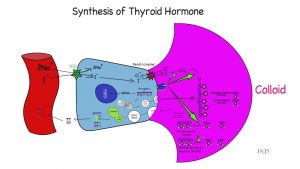
Quick review of thyroid hormone synthesis.

Exercises For Women – Lat Pull Down Front – Onlymyhealth.com

Spa Marketing Video – 2

The ABCs of Vitamins | HealthiNation

EXERCISE AND THE BRAIN – SPARK BY JOHN RATEY ANIMATED BOOK SUMMARY

Nutrition 101 : How to Eat Peanut Butter to Gain Weight
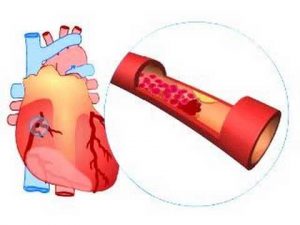
What causes a heart attack?
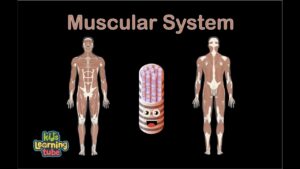
Muscular System Song/Human Body Systems

Sports Psychiatry Video – 1

Seated Calf Raise-5

FOOTBALL FITNESS – How to get fit and improve your game STRskillSchool

How To: Bands Preacher Curls (Biceps, Arms)
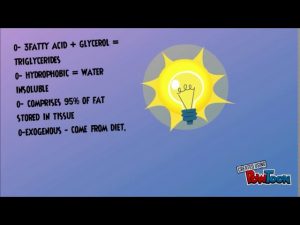
WHAT IS LIPIDS?
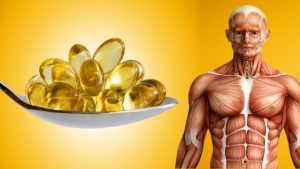
See What Happens To Your Body When You Start Taking Fish Oil Everyday

Yoga Trainer Personality Video – 2

Intermittent Fasting Video – 1

Skeletal System And Asanas Video – 2

Foundation Training Anchored Extension

Celltac alpha MEK-6510 Nihon Kohden

Echo, What Is It?

Are Supplements Bad For Your Liver?
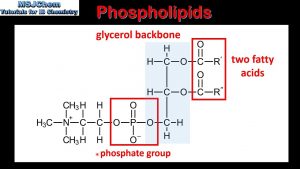
B.3 Phospholipids (SL)

